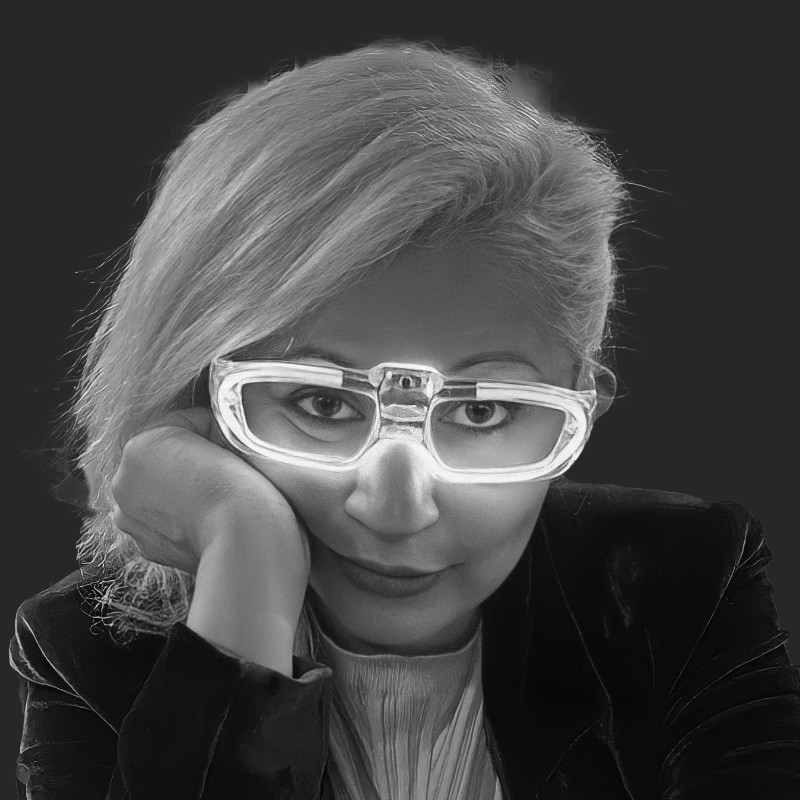In 2024, something cracked open.
Before that, I was drifting—somewhere between boredom and a quiet sense of obsolescence. I wasn’t exactly lost, but I felt misaligned, like my pace and pulse didn’t quite fit the times. I’ve always been someone who documents: notebooks, digital traces, messy folders of process. But suddenly, my archives began to speak back.
It started with text.
Not fiction, not diary entries, but text as signal, text as thread, text as fossil. What would happen if I invited a large language model into this fossil record? What would it see, recompose, hallucinate? I became increasingly fascinated with the idea of narrative machines—these vast linguistic ghosts that could annotate, predict, and even converse with my past selves.
So I enrolled in the CAS in AI for Creative Practices at the University of Bern. My instinct was simple: go where the current pulls. The course threw me headfirst into neural networks, PyTorch, and the epistemic violence of Deep Learning. I struggled, of course. I chased concepts I barely understood. But I also remembered: this is how I learn best. First by drowning a little. Then by resurfacing, asking better questions.
Six months in, I realized I needed more scaffolding. So I signed up for Le Wagon’s part-time Data Science Bootcamp. Slower pace, better architecture. Suddenly, all the pieces I’d scraped together on my own started to align. Le Wagon filled in the gaps. It gave me a clearer map of the territory. I wasn’t coding alone anymore; I had structure, peers, and a way to translate intuition into pipelines.
And then came the pitch.
As part of the Bootcamp’s final module, each of us had to propose a project. Mine was Creativity in Vitro. A strange little seed—part AI lab, part biofiction archive. To my surprise, the project won the vote. Now I’m working with three other Data Science students to build new experimental arms for the project.
We kicked off last week. We’re diving into data, poking at the boundaries of narrative and neurotech, and asking ourselves absurd (but real) questions like: What does a neural network dream about when it’s fed the messy memories of an artist? Or Can a machine inherit curiosity from a human mother?
I’m deeply grateful for this moment—where passion, practice, and play are finally converging. It’s a strange place. A fertile one. And I think, perhaps, I’m no longer bored.
 Lina Lopes
Lina Lopes  The First Upload
The First Upload